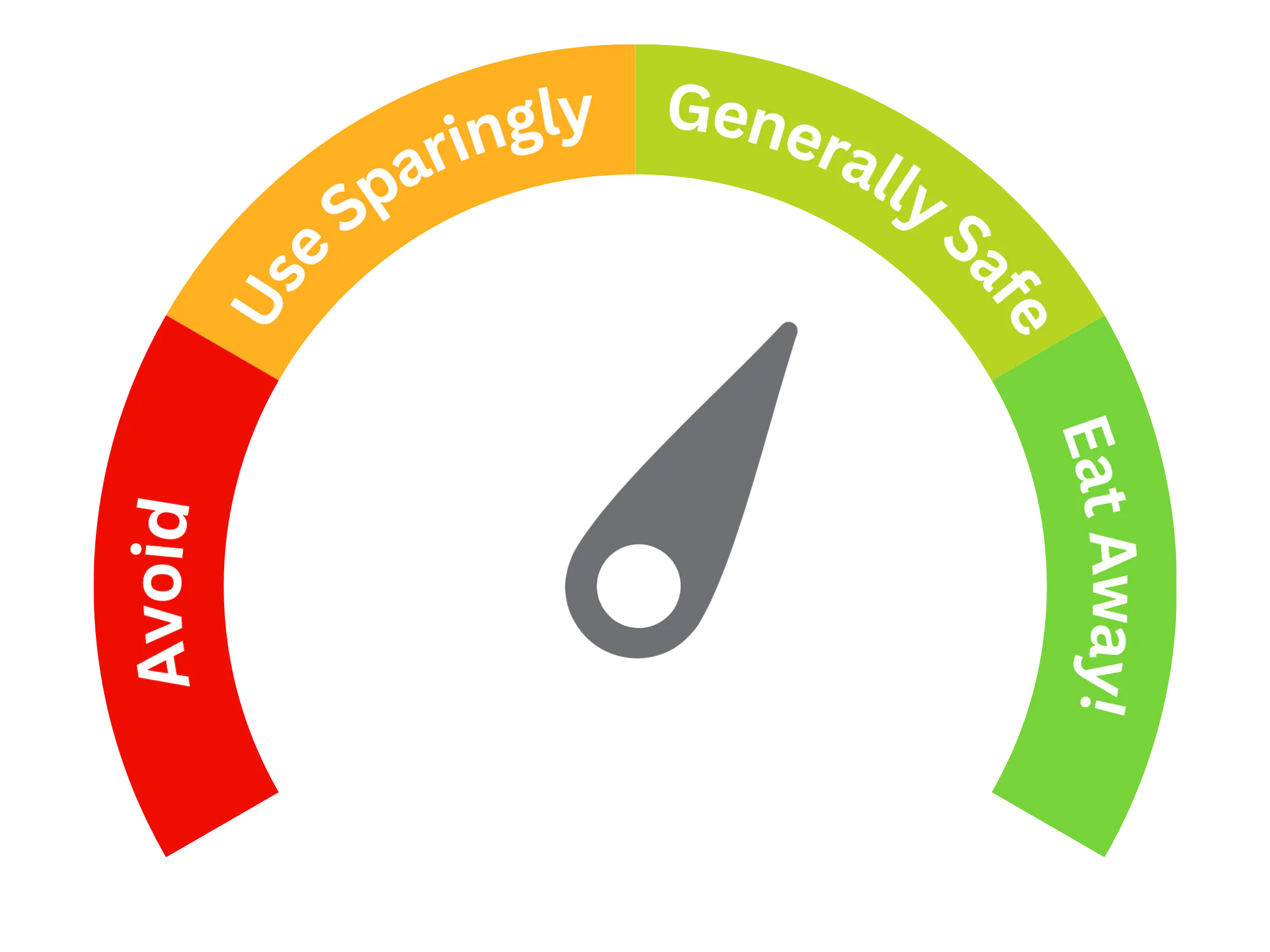Oxystearin (E387)
| Type of additive (Glossary) | Emulsifiers Sequestrants Stabilizers |
| E Number | E387 |

Purpose and Function
Oxystearin (E387) is used in the food industry primarily as an emulsifier and stabilizer. It helps improve the texture and stability of food products. Common applications include:
- Confectionery: Used to enhance the texture and prevent crystallization in candies and chocolates.
- Baked goods: Helps maintain the moisture and freshness of bread, cakes, and pastries.
- Dairy products: Used in processed cheese and cream to stabilize emulsions and improve mouthfeel.
- Sauces and dressings: Enhances texture and helps to stabilize oil-water emulsions.
- Fats and oils: Improves the stability of margarine and shortening.
Oxystearin (E387) is valued for its ability to blend oil and water phases effectively, making it a useful additive in many processed foods.
Potential Risks and Side Effects
Oxystearin (E387) is generally considered safe for consumption when used within regulated limits. Some considerations include:
- Digestive effects: In large amounts, it may cause mild gastrointestinal discomfort, though this is uncommon at typical usage levels.
- Safety profile: Approved by food regulatory agencies, including the European Union and the United States, where it is considered safe for use in food products.
- Allergic reactions: While rare, some individuals may have sensitivities or allergies to specific emulsifiers.
Overall, Oxystearin (E387) is regarded as a safe food additive with functional benefits in improving food texture and stability.
